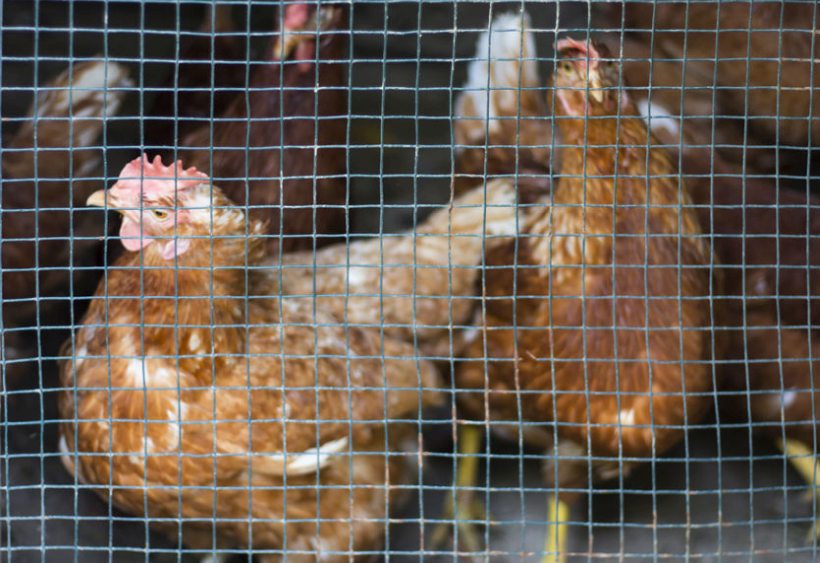
Compulsory housing measures for poultry and captive birds will be lifted at the end of this month, Britain's Chief Veterinary Officers have confirmed.
The housing measures were introduced in December as one of a range of measures to stop the spread of avian influenza.
It is currently a legal requirement for all farmers and keepers to keep their birds indoors and to follow strict biosecurity measures
The last confirmed case of bird flu in poultry was over a month ago on 12 February in Scotland.
Provided that there are no new significant cases between now and the end of March, the current measures are due to be relaxed.
The risk of bird flu has been reduced to ‘medium’, but Defra and the Scottish and Welsh governments warn that the risk of outbreaks is likely to persist for several weeks.
As a result, enhanced biosecurity requirements that were brought in as part of the Avian Influenza Protection Zone (AIPZ) on 11 November will remain in place.
In a joint statement, Britain’s three Chief Veterinary Officers (CVOs) said: “This will be welcome news for poultry keepers who have put great effort into keeping their flocks safe this winter.
“We have taken swift action to contain and eliminate this disease and all bird keepers - whether they have just a few birds or thousands - must continue do their bit to maintain strict biosecurity measures."
How can I help prevent avian flu?
The CVOs have advised that poultry keepers apply enhanced biosecurity measures at all times to prevent and mitigate future outbreaks.
They can help prevent avian flu by maintaining good biosecurity on their premises, including:
• Fencing off ponds, streams, boggy areas or standing water and draining them where possible
• Netting or covering ponds
• Removing any wild bird feed sources
• Deterring wild birds by regularly walking through the area or by using predator decoys
• Cleansing and disinfecting concrete or other permeable areas
• Putting down wood shavings in wet areas
• Limit the number of people who come onto the site
• Use disinfectant foot dips when entering and exiting enclosures or houses
